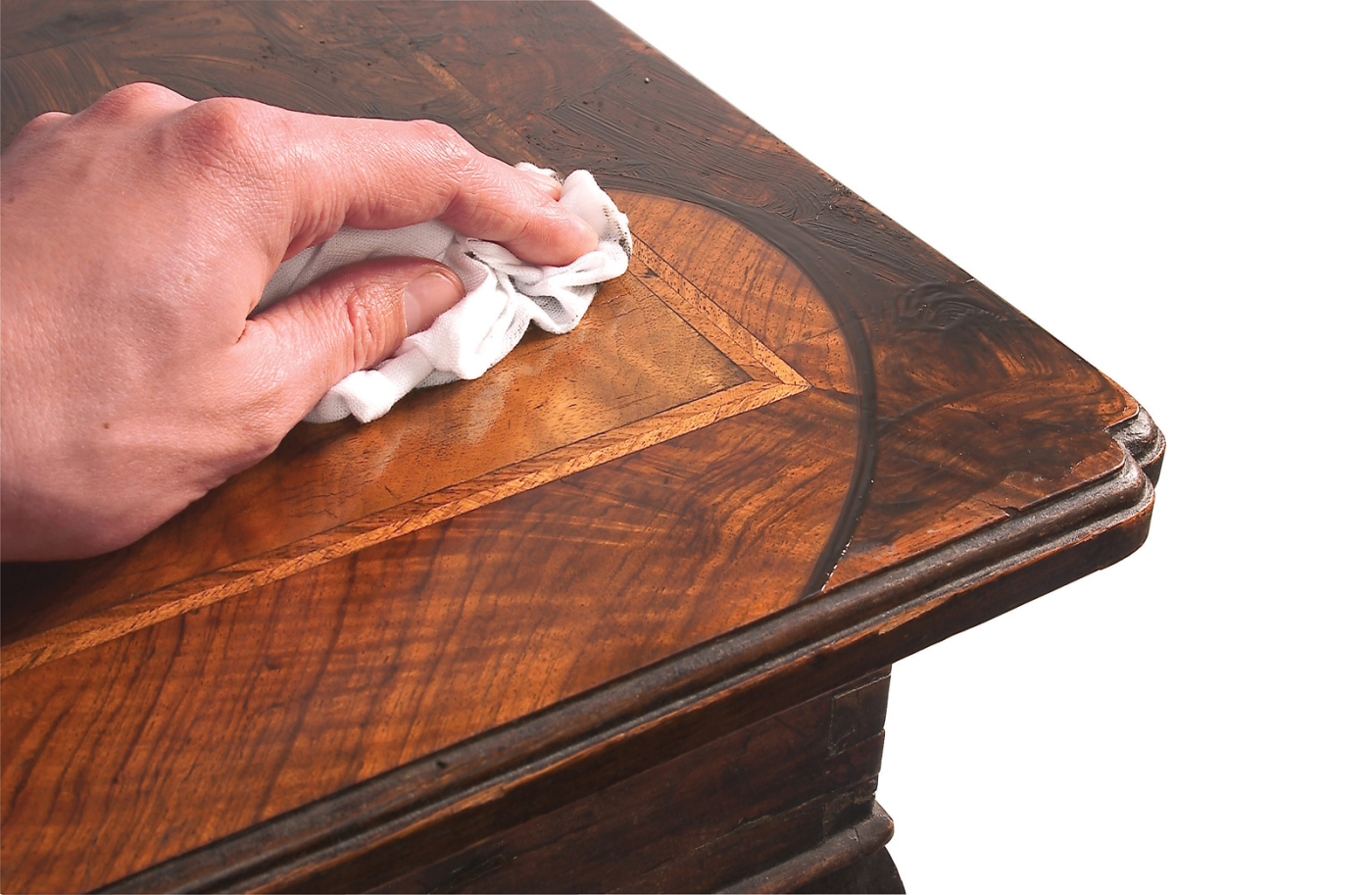We may receive a commission when you use our affiliate links. However, this does not impact our recommendations.
Learn how to restore your damaged furniture finishes with these practical tips and techniques.
Over time, furniture finishes can become dull or develop various marks and blemishes. This guide will help you bring back the shine and beauty of your furniture through simple restoration methods.

1. Revive a Dull Finish
- As furniture finishes age, they tend to lose their luster.
- Restore shine by applying paste wax.
- For more severe dullness, consider using fine abrasives like rottenstone, pumice, or steel wool.
- Lubricate abrasives with mineral oil or mineral spirits.
- Recoating the finish is an option for extensive dullness.

2. Remove Felt-Tip Pen Marks
- Felt-tip pen ink can often be dissolved using denatured alcohol.
- Avoid acetone or lacquer thinner, as they can harm most finishes.
- Gently wipe the ink mark with a cloth dampened with denatured alcohol.
 3. Rub Out White Marks
3. Rub Out White Marks
- White marks from water damage are typically surface-level.
- Remove them with abrasives like rottenstone, mineral oil, or steel wool.
- If needed, abrade the entire surface to ensure an even finish.
 4. Remove Crayon and Candle Wax
4. Remove Crayon and Candle Wax
- Crayon marks can be removed with mineral spirits.
- Freeze or scrape off candle wax before cleaning with a solvent.
- Exercise caution with heat guns, as they can blister finishes.
 5. Match Colors on Glass
5. Match Colors on Glass
- Color matching is crucial when replacing missing color.
- Blend colors on a separate piece of glass or clear plastic.
- Use artist’s brushes and concentrated oil or acrylic colors.
- Protect the colorant by applying a finish.
 6. Touch Up a Scuffed Edge
6. Touch Up a Scuffed Edge
- Repair scuffed edges by using appropriately colored felt-tip markers.
- Ensure the marker is thoroughly dry before applying a protective finish.
- Wiping varnish is an excellent choice to protect the color.
 7. Remove Dirty Discoloration
7. Remove Dirty Discoloration
- Discoloration around handles or arms may result from dirt or deteriorated finish.
- Start with mild soap and water for cleaning.
- If the finish is deteriorated, you may need to remove and replace it.
 8. Remove Crazing and Light Scratches
8. Remove Crazing and Light Scratches
- Sand shallow cracks or light scratches with the right grit sandpaper.
- Use stearated sandpaper for dry sanding or wet/dry sandpaper with a lubricant.
- Carefully monitor your progress to prevent over-sanding.
 9. Remove Stickers and Tape
9. Remove Stickers and Tape
- Wet paper stickers for easy removal.
- Apply heat from a blow dryer or heat gun to soften adhesive.
- Use solvents like naphtha, toluene, or xylene for stubborn adhesive.
 10. Repair Color Damage
10. Repair Color Damage
- Determine the best method for color repair using mineral spirits.
- Depending on the outcome, apply more finish, stain, or use a colored marker.
- Adjust the color as needed before sealing with clear paste wax or fast-drying finish.
 11. Fill Gouges with Epoxy
11. Fill Gouges with Epoxy
- Level the surface by removing rough edges.
- Knead epoxy to a uniform color and press it into gouges.
- Dampen epoxy with water, then remove excess and level after it hardens.
By following these tips and techniques, you can effectively restore damaged furniture finishes, bringing new life to your cherished pieces. Whether it’s reviving a dull finish, removing unsightly marks, or repairing color damage, these methods will help you maintain the beauty of your furniture for years to come.
Here are some supplies and tools we find essential in our everyday work around the shop. We may receive a commission from sales referred by our links; however, we have carefully selected these products for their usefulness and quality.









